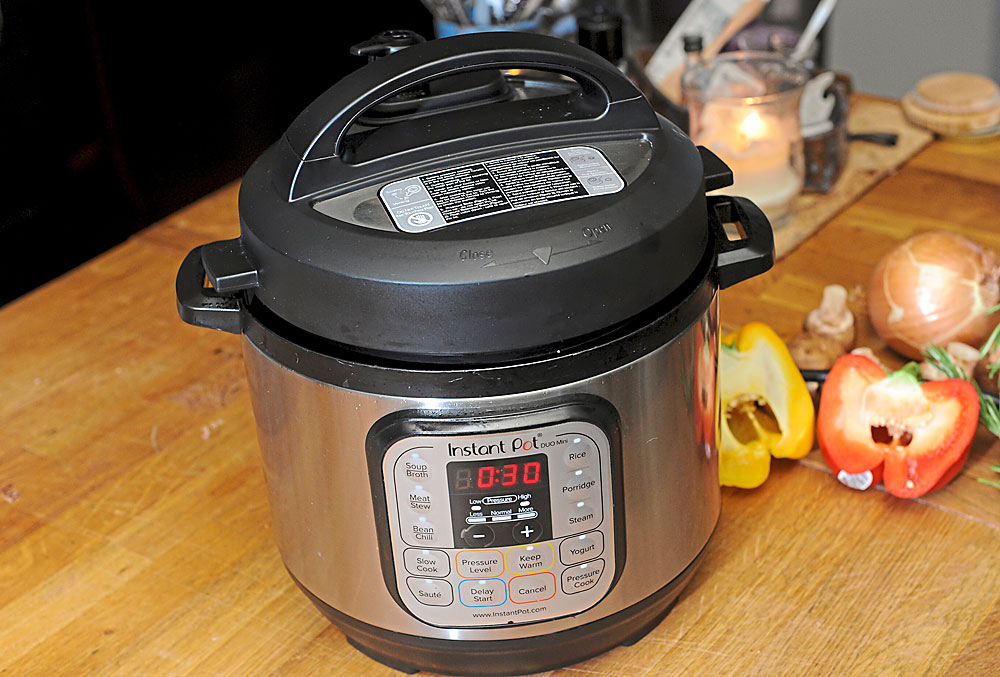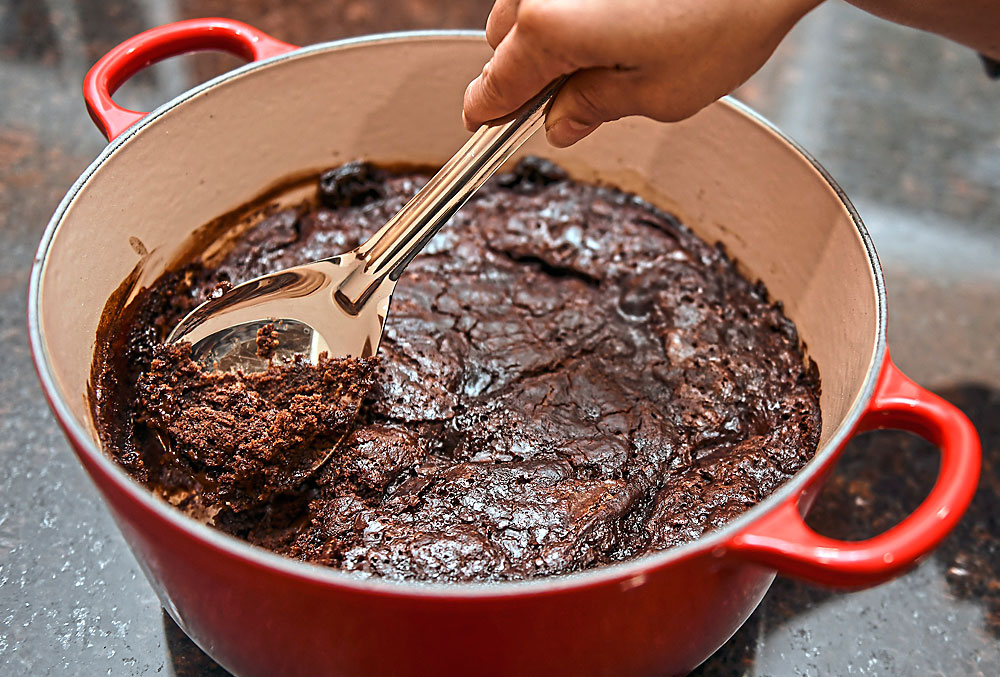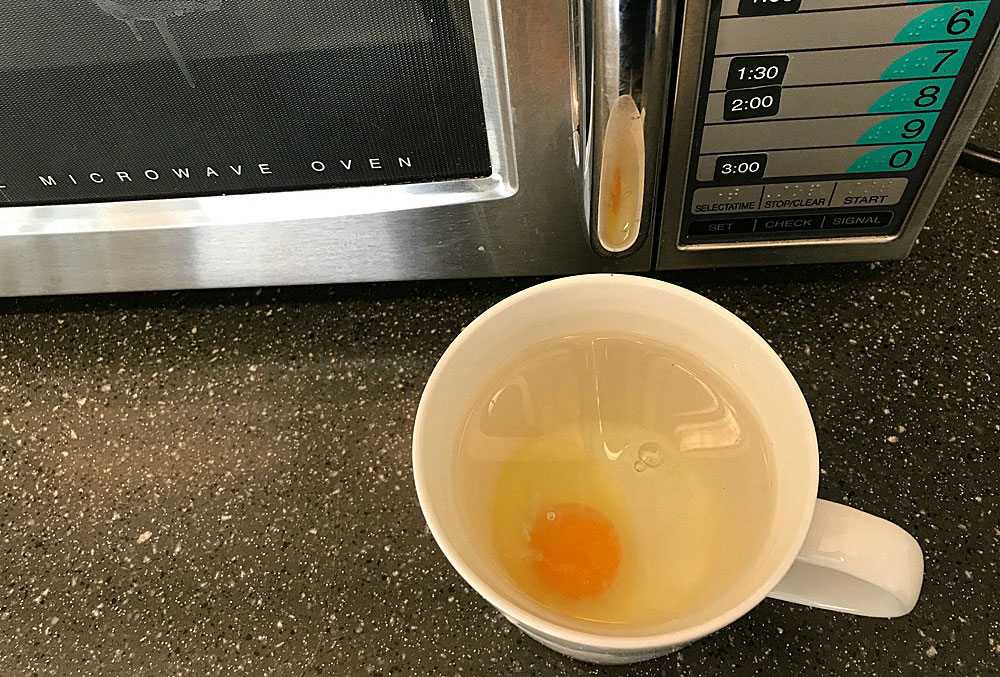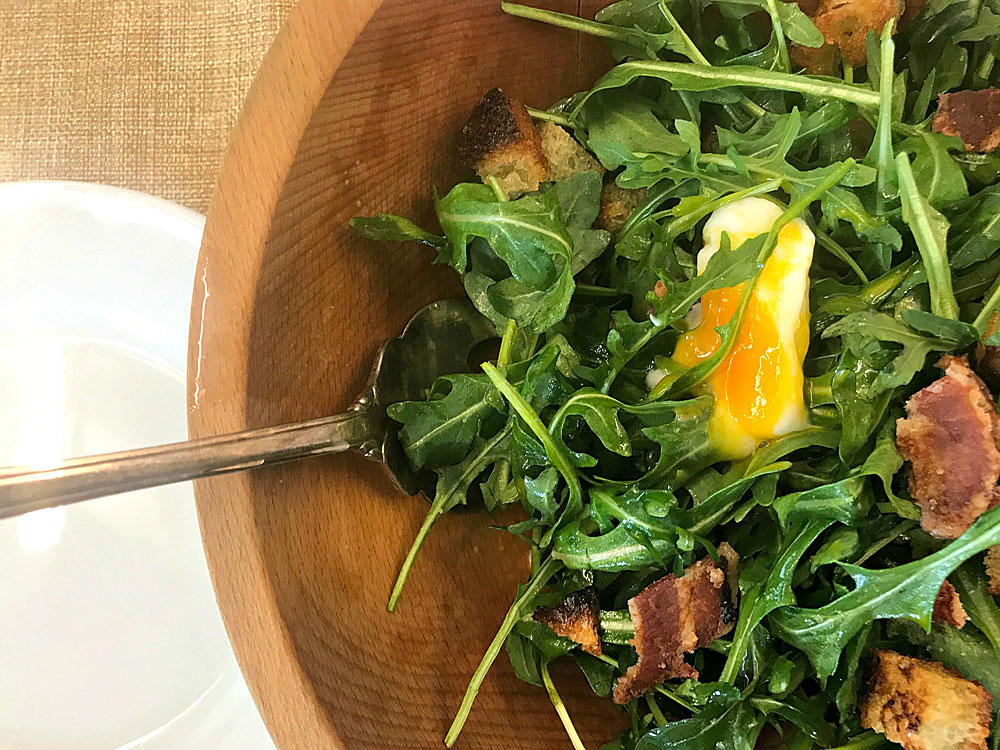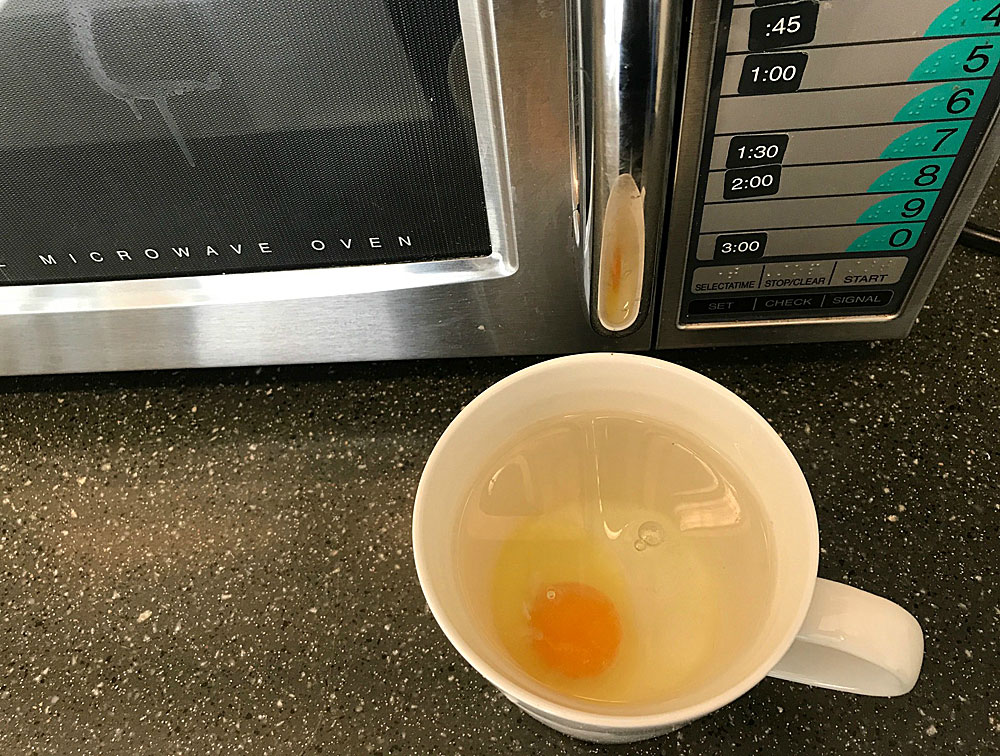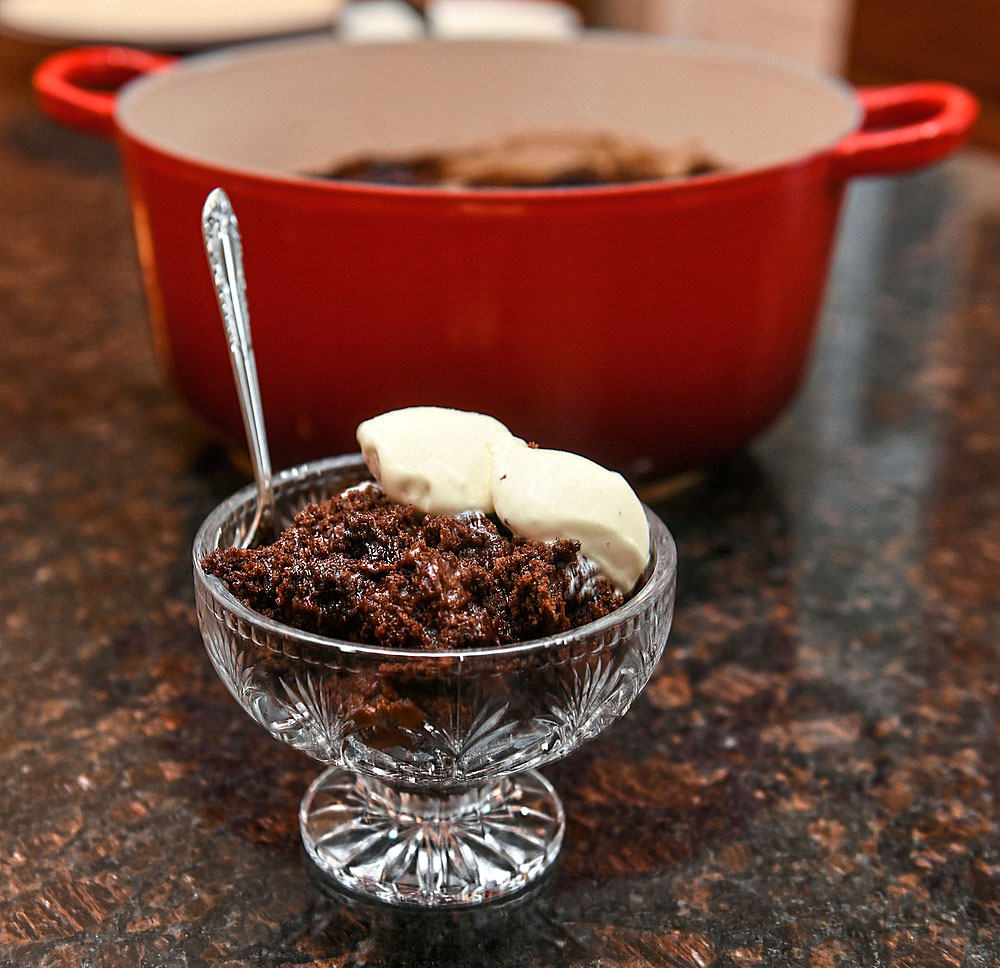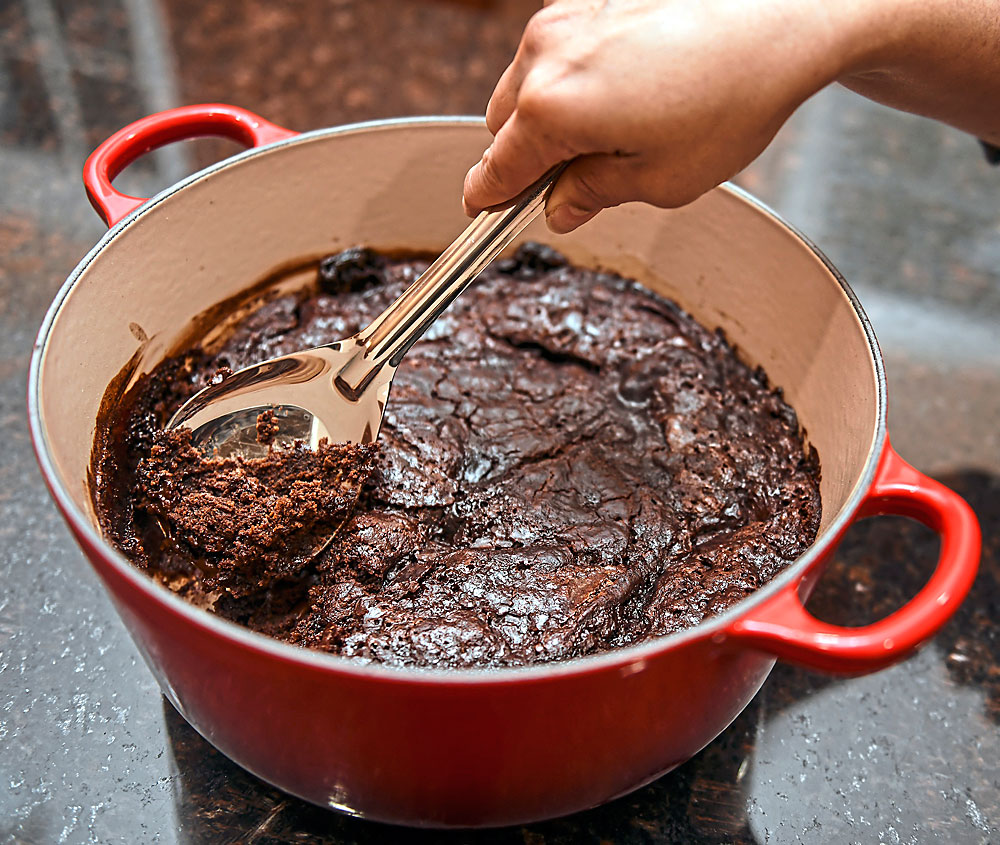I’m a late and reluctant adopter to the Instant Pot. In fact, I doubt I ever would have cooked in one had I not bought one as a joke for my husband last year for Christmas.
He works out of town during the week, and I was tired of packing up meals for him to reheat in his bachelor pad. If you believed the hype — and it was hard not to when the multipurpose cooker became an Amazon darling in 2017 — he would be able to cook everything from barbecued chicken to pad Thai to yogurt and chocolate cake in just a few minutes. And all with minimal cleanup!
He immediately fell in love with his Black Friday gift. Ever since, he’s constantly crowing about how quickly he’s able to get rice, vegetables and Asian dishes onto the dinner table after work. But I maintained a healthy skepticism about the gadget and the obsessed Instant Pot community it spawned. I mean, I tend to cook a lot of stir fries and like my chicken crunchy and vegetables crispy. You can’t do that in a pressure cooker.

Marriage, though, so often is about compromise, and eventually, I agree to give the multipot a try. And wouldn’t you know it, I had to agree with my husband it’s a runaway hit for good reason.
Just how insanely popular is the Instant Pot? I currently have nine cookbooks on my desk devoted to the cooker, with recipes that embrace everything from vegetarian Indian to paleo to sous vide and “cooking from frozen.” It’s a trend that seems to only be growing.
Is it the end-all, be-all? Nope. You’re never going to make a creamy or crispy dish in it, and forget about using it for burgers or steak. But it is convenient, and it does a pretty good job for soups, stews, rice, and meat dishes that usually have to be cooked for a very long time to become tender. It’s also extremely versatile. Along with saute and slow cooker functions, it serves as a rice cooker, steamer and food warmer.
It’s fast, but not as instantaneous as the name suggests: You have to wait for the pot to come to pressure before you can cook in it, a process that can take a frustrating 15 or 20 minutes. But once you throw everything into the machine, it’s pretty much hands off. You can toss in a load of laundry or go for a quick run, or maybe just unwind with your favorite IPA.
Over the past month, I’ve made everything from Indian butter chicken, beans and bolognese sauce to spaghetti and meatballs, chipotle mac ‘n cheese and pork for tacos in the Instant Pot. It all turned out great and it’s going to be hard giving the thing back to my husband.
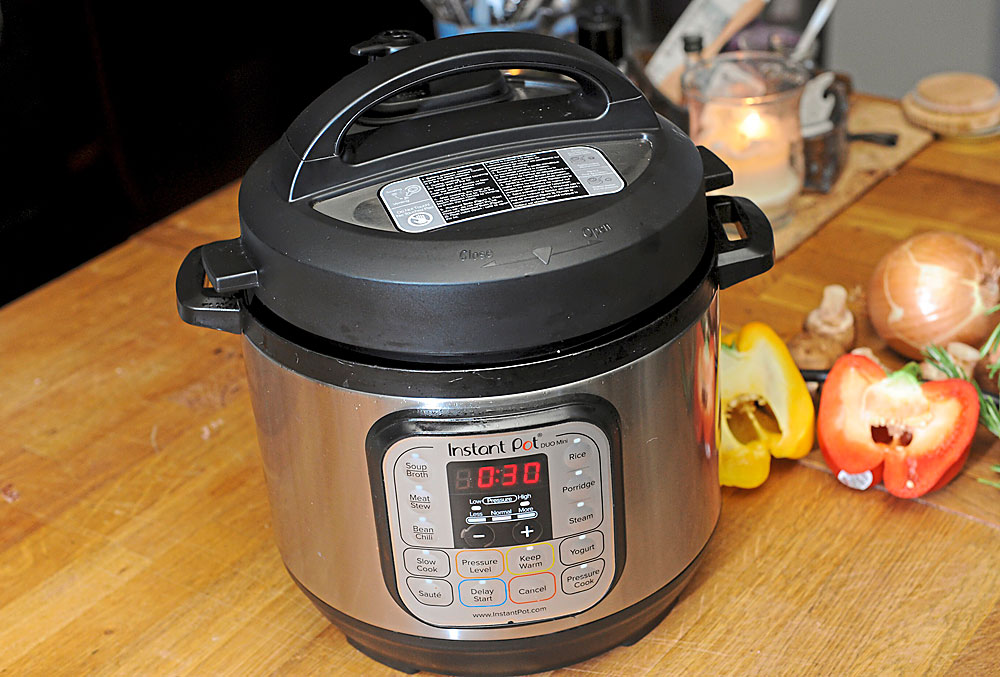
What won me over, I think, was following New York Times food writer Melissa Clark’s very good advice in her very good new cookbook, “Comfort in an Instant” (Clarkson Potter, October 2018).
“The key to pressure-cooker success is choosing recipes in which softness and succulence is the goal,” she writes, “and which traditionally can take hours to get there ... If you don’t ask it to do what it can’t, you won’t be disappointed.”
The first recipe that caught my eye was for chicken cacciatore with mushrooms. Provided I don’t have to give the Instant Pot back just yet, I also can’t wait to try her risotto carbonara, spicy Asian chicken wings and sticky toffee pudding.
Gretchen McKay: gmckay@post-gazette.com, 412-263-1419 or on Twitter @gtmckay.
Chicken Cacciatore With Mushrooms
PG tested
This classic Italian dish features bone-in chicken in tomato sauce spiked with peppers and garlic. The thighs are browned, skin-side down, using the Instant Pot’s saute function, and then pressure cooked with the veggies. For a crisper dish, you may want to cheat a little and fry the thighs in a skillet before adding them to the multipot. Serve over noodles, orzo or polenta.
2 tablespoons extra-virgin olive oil, plus more as needed, divided
2 pounds bone-in, skin-on chicken thighs, patted dry
Kosher salt and freshly ground black pepper
4 ounces cremini or white button mushrooms, thinly sliced
1 small yellow onion, thinly sliced
1 small red bell pepper, thinly sliced
2 garlic cloves, thinly sliced
¾ cup canned diced tomatoes and their liquid
¼ cup dry white or red wine
2 large sprigs rosemary
2 tablespoons drained capers
Chopped fresh basil or parsley, for garnish
Cooked polenta, egg noodles or orzo, for serving
Using the saute function (set on high, if possible), heat 1 tablespoon oil in pressure cooker pot. Season chicken with 1 teaspoon salt and ¼ teaspoon pepper and arrange thighs in a single layer, skin-side down, on bottom of pot. Cook, without moving, until well browned, about 8 minutes. Transfer chicken to a plate as it browns. (You only have to brown one side.)
Add remaining 1 tablespoon oil to pot along with mushrooms, onion, bell pepper, garlic and a pinch of salt. Saute until vegetables are tender and golden, about 5 minutes.
Add tomatoes, wine and rosemary and bring to a simmer, using a wooden spoon to scrape up any brown bits on bottom of pot. Let simmer 1 minute. Place chicken, browned side up, in pot and pour in any accumulated juices.
Lock lid into place and cook on high pressure for 13 minutes. Let pressure release naturally for 10 minutes, then manually release the remaining pressure.
Transfer chicken to serving plates; keep loosely tented with foil. Add capers to pot. Using saute function, bring sauce to a simmer and cook until thickened slightly, 5 to 7 minutes. Taste and adjust seasoning if necessary. Remove rosemary stems, Spoon sauce over chicken and top with chopped basil or parsley, if desired.
Serves 3 to 4.
— “Comfort in an Instant: 75 Comfort Food Recipes for Your Pressure Cooker, Multicooker, and Instant Pot” by Melissa Clark (Clarkson Potter; October 2018)
TOP

